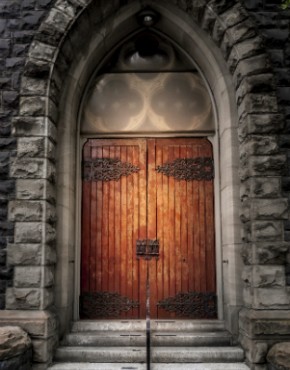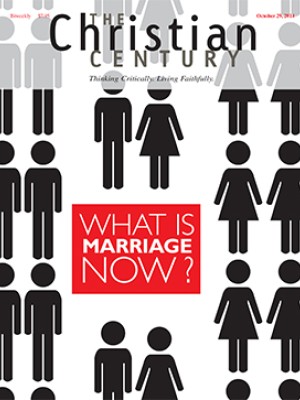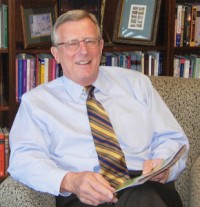Marriage equality

In this issue Gerald Schlabach makes an important contribution to the discussion of same-sex marriage (see "What is marriage now?"), one of the most amazing developments of our time. The expanding acceptance of same-sex marriage was confirmed by the Supreme Court’s October 6 decision to let stand lower court rulings that overturned bans on gay marriage.
Schlabach teaches at a Roman Catholic university, where official Catholic teaching is not exactly friendly to same-sex relationships, let alone same-sex marriage. He examines St. Paul’s famous dictum that it’s better to marry than to burn and comes to a surprising conclusion. “‘To burn,’” he suggests, “may stand for all the ways that we human beings, left to ourselves, live only for ourselves, our own pleasures, and our own survival.” Schlabach urges all of us, both advocates and opponents of marriage equality, to rethink the purpose of marriage itself.
Read our latest issue or browse back issues.
Two books were instrumental in shaping the thinking in my own denomination, the Presbyterian Church (U.S.A.), on this issue. Both were written by conservative evangelical scholars, and both describe the process by which the authors changed their minds. Jack Rogers begins Jesus, the Bible, and Homosexuality by discussing personal encounters and friendships with Christians who are gay. He points out the anomaly of accusing gay people of a promiscuous lifestyle while setting up legal and religious barriers against their permanent and faithful relationships. He also reminds us that the definition and purpose of marriage has evolved. I did not know, for instance, that the Westminster confession of faith originally declared marriage to be valid only between Protestants.
Mark Achtemeier’s The Bible’s Yes to Same-Sex Marriage testifies to the persuasive power of his personal encounters with thoughtful, faithful Christians who are gay and describes how these experiences drove him to reexamine what the Bible says and does not say.
Both authors point out that the church’s long opposition and outright hostility toward same-sex relationships and gay people personally was partly responsible for the stereotype of the gay lifestyle. The faith community instead ought to be doing everything possible to support and celebrate long-term loving and faithful relationships. Finally we are getting around to doing this.
My own evolution on this topic is typical. An elder in my church—a friend and tennis partner, husband and father—made an appointment to tell me he was gay. He had struggled for years to change his orientation, but when nothing worked, he and his wife had decided to divorce. In the meantime he had a series of random sexual experiences. When he finally found a partner, the congregation embraced both men and their relationship. But by that time he was showing the first symptoms of HIV/AIDS, from which he died.
I think that our church contributed to his death in that it failed at crucial moments to offer him the acceptance, love, and support that he needed. I am profoundly grateful to have lived long enough to witness church and state begin to embrace same-sex marriage.






